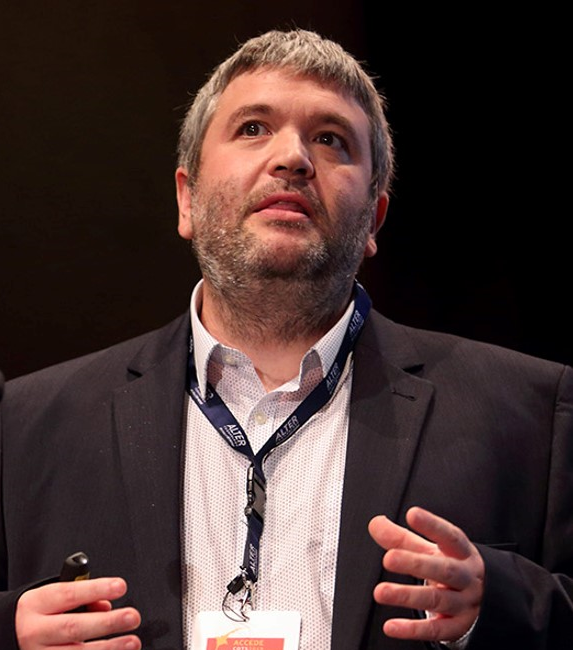
Dr. Francisco Javier Aparicio
Dr. Francisco J. Aparicio obtained his Degree in Physics from the University of Seville. He developed the Ph.D. research at the Institute of Materials Science of Seville (CSIC-Univ. Seville) about the development of photonic sensors chips by plasma deposition techniques (defended in 2011).
He developed a first postdoctoral stay at the Nanoscience Laboratory of the University of Trento (Italy) in biophotonics and a second junior postdoctoral contract at the University of Mons (Mons). The latter was devoted to study plasma interface physicochemical processes. In 2014 he returned to the Institute of Materials of Seville, and won a Marie Skłodowska-Curie /Talent-Hub action and a Juan de la Cierva Incorporacion contract (competitive calls). The latter allowed him to extend his expertise to the plasma synthesis of: i) dielectric materials for organic flexible electronics, ii) laser systems, iii) biomedical materials and iv) organic semiconductors. During this Period Dr. Aparicio was granted EU funded activity within the frame of the NFFA-EUROPE project.
In 2018 he was granted a Torres Quevedo project to develop in the technological company ALTER TECHNOLOGY TÜV NORD. There he successfully developed and led the Scanning Acoustic Microscopy Laboratory.
His research interests are focused on the fabrication of advanced functional materials by vacuum and plasma-assisted deposition techniques for the implementation into technological devices. The explored applications comprise photonic devices, sensors, energy harvests, biomaterials, and others.
Relevant Publications
-
- Plasma Enabled Conformal and Damage Free Encapsulation of Fragile Molecular Matter: from Surface-Supported to On-Device Nanostructures. Alcaire; et al., (10/2). Advanced Functional Materials (2019), 29, pp.1903535.
- Multifunctional antimicrobial chlorhexidine polymers by remote plasma assisted vacuum deposition Mora-Boza; et al., (8/2). Frontiers of Chemical Science and Engineering (2019), 13, pp.330-339.
- Enhancing Moisture and Water Resistance in Perovskite Solar Cells by Encapsulation with Ultrathin Plasma Polymers J, Idigoras; et al., (9/2).. ACS Applied Materials & Interfaces (2018), 10, pp.11587-11594.
- Multicolored emission and lasing in DCM-Adamantane plasma nanocomposites. Alcaire; et al., (9/4) ACS App. Mater. & Inter (2017), 9, pp.8948-8959.
- Dye-based photonic sensing systems Francisco J. Aparicio; et al., (15/1) Sensors and Actuators B: Chemical (2016), 228, pp.649-657.
- Wide Range Control of the Chemical Composition and Optical Properties of Propanethiol Plasma Polymer Films by Regulating the Deposition Temperature Francisco J. Aparicio; et al., (4/1) Plasma Processes and Polymers (2016), 13, pp.814-822.
- Luminescent 3-hydroxyflavone nanocomposites with a tuneable refractive index for photonics and UV detection by plasma assisted vacuum deposition Francisco J. Aparicio; et al., (8/1) Journal of Materials Chemistry C (2014), 32, pp. 6561 – 6573.
- Silicon oxynitride waveguides as evanescent-field-based fluorescent biosensors Francisco J. Aparicio; et al., (9/1) Journal of Physics D: Applied Physics (2014), 47, pp. 405401.
- Plasma deposition of perylene-adamantane nanocomposite thin films for NO2 room-temperature optical sensing Francisco J. Aparicio; et al., (8/1) Journal of Physical Chemistry C (2012), 116, pp. 8731-8740.
- Transparent nanometric organic luminescent films as UV-active components in photonic structures Francisco J. Aparicio; et al., (1/12) Advanced Materials (2011), 23, pp. 761-765.